How Aromas Can Make A Positive Impact In The Workplace?
Aromas can have a profound impact on our emotions and overall well-being, and this extends to the workplace as well.
In recent years, more and more businesses have been incorporating aromas into their workplace design as a way to create a more positive and productive environment. In this blog post, we will explore the ways in which aromas can make a positive impact in the workplace.
Boosts Productivity
One of the most significant benefits of aromas in the workplace is their ability to boost productivity. Certain scents can have a stimulating effect on the brain, which can increase alertness and concentration.
For example, the scent of peppermint has been shown to increase focus and accuracy in tasks, while the scent of lemon can help improve cognitive performance. By incorporating these scents into the workplace, businesses can create a more productive and efficient environment.
Reduces Stress
Aromas can also have a significant impact on our emotions and overall sense of well-being, which can help to reduce stress in the workplace. Lavender, for example, is known for its calming and relaxing properties, and can help to reduce anxiety and promote feelings of tranquility.
By incorporating calming scents like lavender into the workplace, businesses can create a more relaxed and stress-free environment, which can lead to improved job satisfaction and overall well-being.
Improves Mood
Another benefit of aromas in the workplace is their ability to improve mood. Certain scents can have a powerful effect on our emotions, and can help to promote feelings of happiness and positivity.
For example, the scent of citrus can help to uplift the mood and promote feelings of energy and positivity, while the scent of vanilla can help to create a warm and comforting atmosphere. By incorporating these scents into the workplace, businesses can create a more positive and uplifting environment, which can lead to improved job satisfaction and overall happiness.
Enhances Brand Image
Aromas can also be used to enhance a business's brand image. By incorporating scents that are associated with the business's values and mission, businesses can create a unique and recognizable scent that customers and employees can associate with the brand.
For example, a wellness center might use scents like lavender and eucalyptus to create a calming and soothing environment, which aligns with the business's focus on health and wellness. By creating a consistent and recognizable scent, businesses can reinforce their brand image and create a more cohesive overall experience.
Creates A Memorable Experience
Finally, aromas can help to create a memorable experience for employees and customers alike. By incorporating scents that are unique and memorable, businesses can create a sensory experience that goes beyond the visual and auditory cues that are typically associated with a workplace environment.
For example, a spa might use scents like peppermint and eucalyptus to create a refreshing and invigorating environment, which can leave a lasting impression on customers. By creating a memorable experience, businesses can differentiate themselves from their competitors and create a more lasting impression on their employees and customers.
Conclusion
In conclusion, aromas can have a significant impact on the workplace, from boosting productivity and reducing stress, to improving mood and enhancing brand image. By incorporating scents that align with the business's values and mission, businesses can create a more positive and productive environment that promotes overall well-being and job satisfaction.
To maximize the benefits of aromas in the workplace, businesses should carefully select scents that are appropriate for their industry and target audience, and ensure that they are using high-quality fragrances that are safe and non-toxic. With the right approach, aromas can be a powerful tool for creating a positive and productive workplace environment.






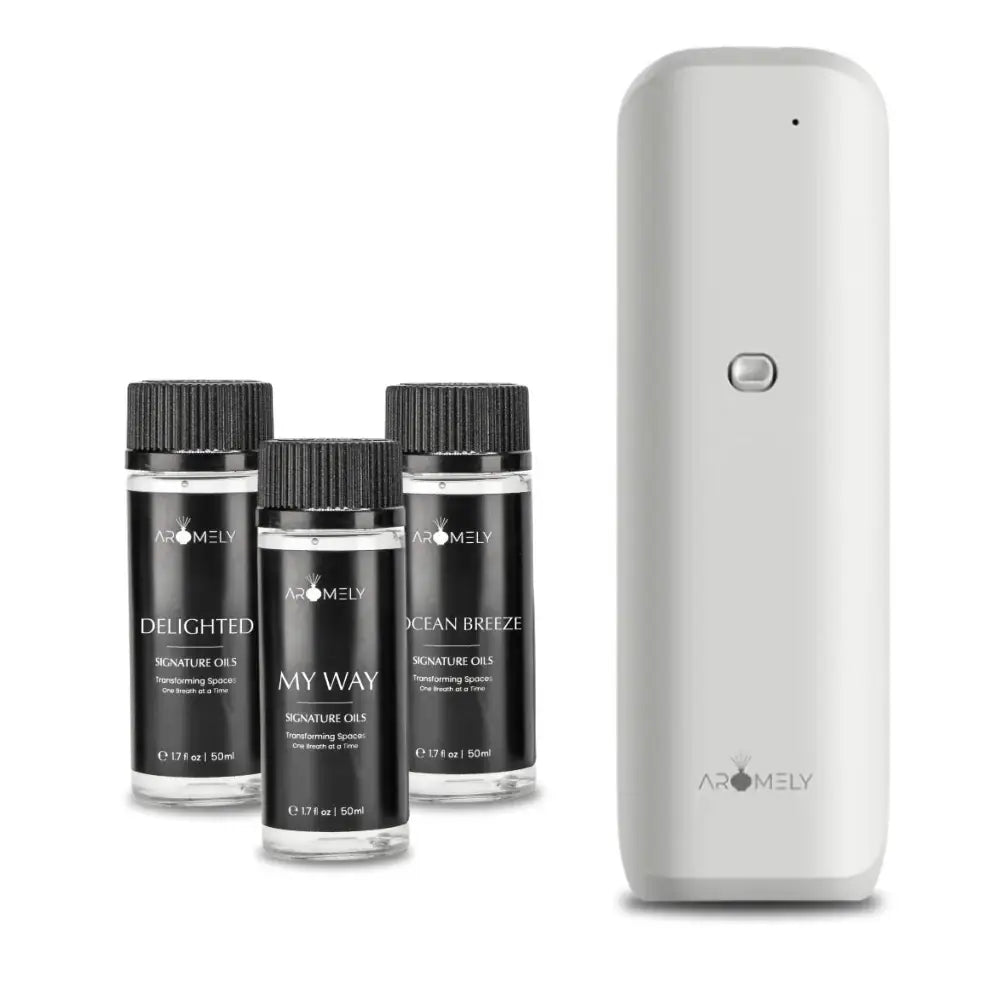


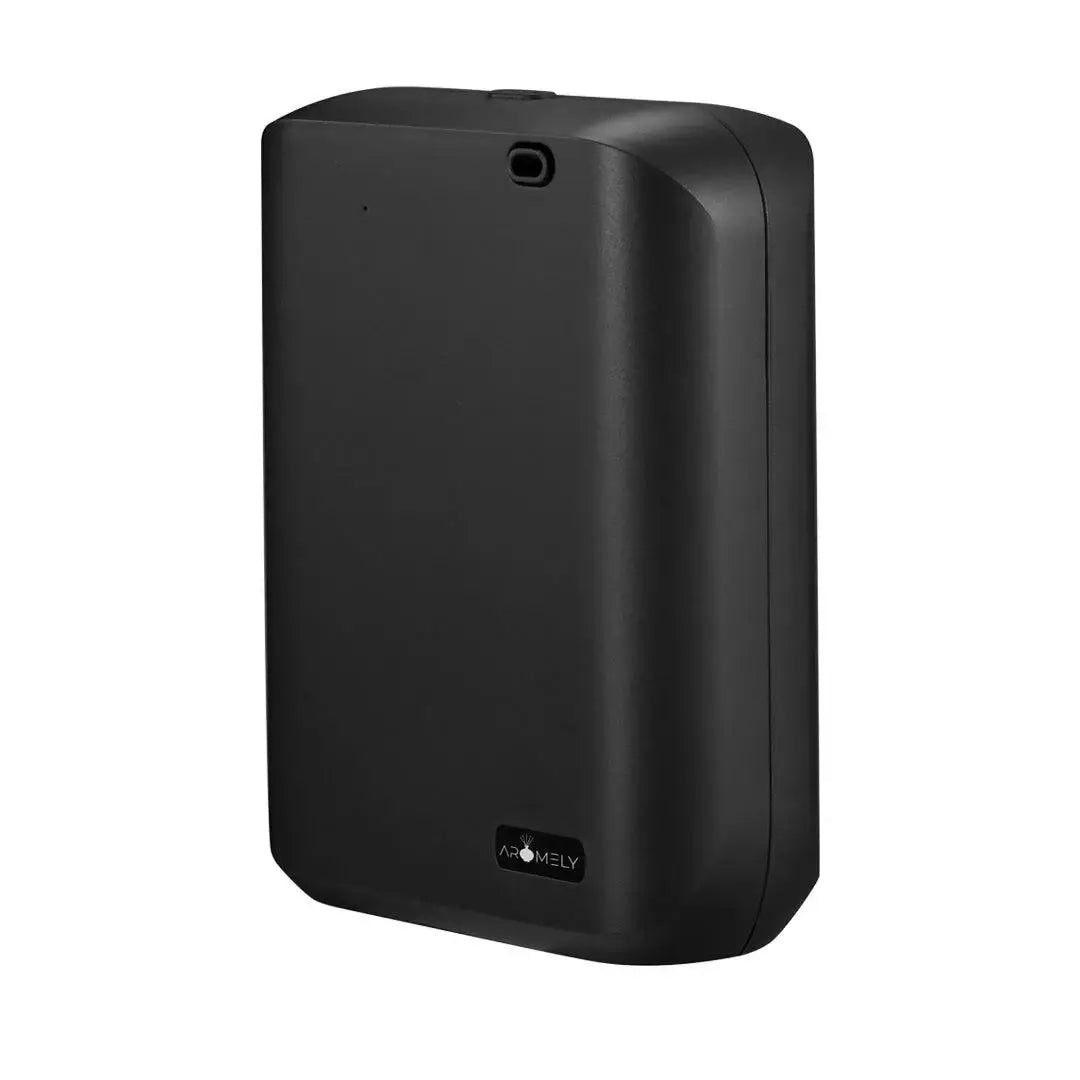





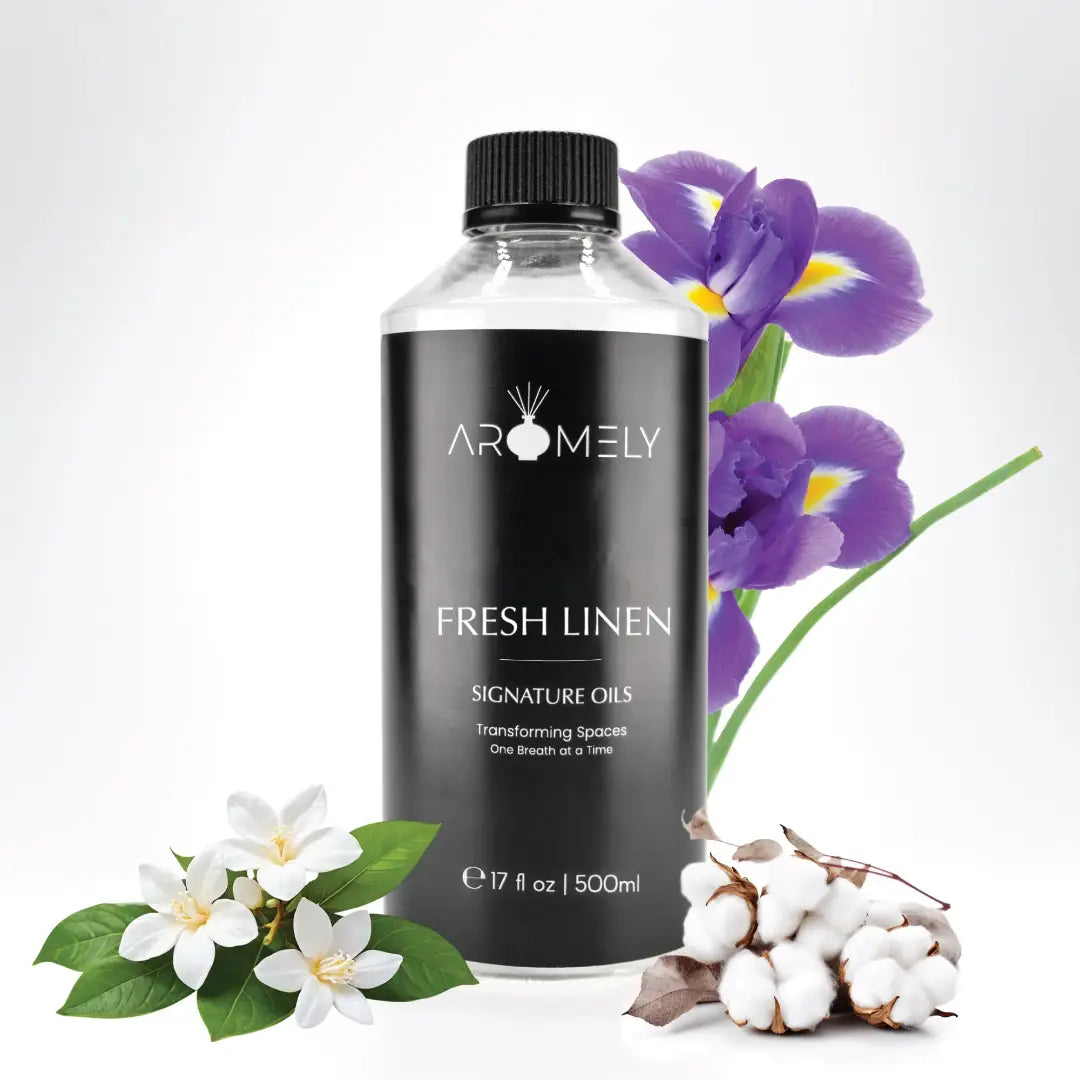


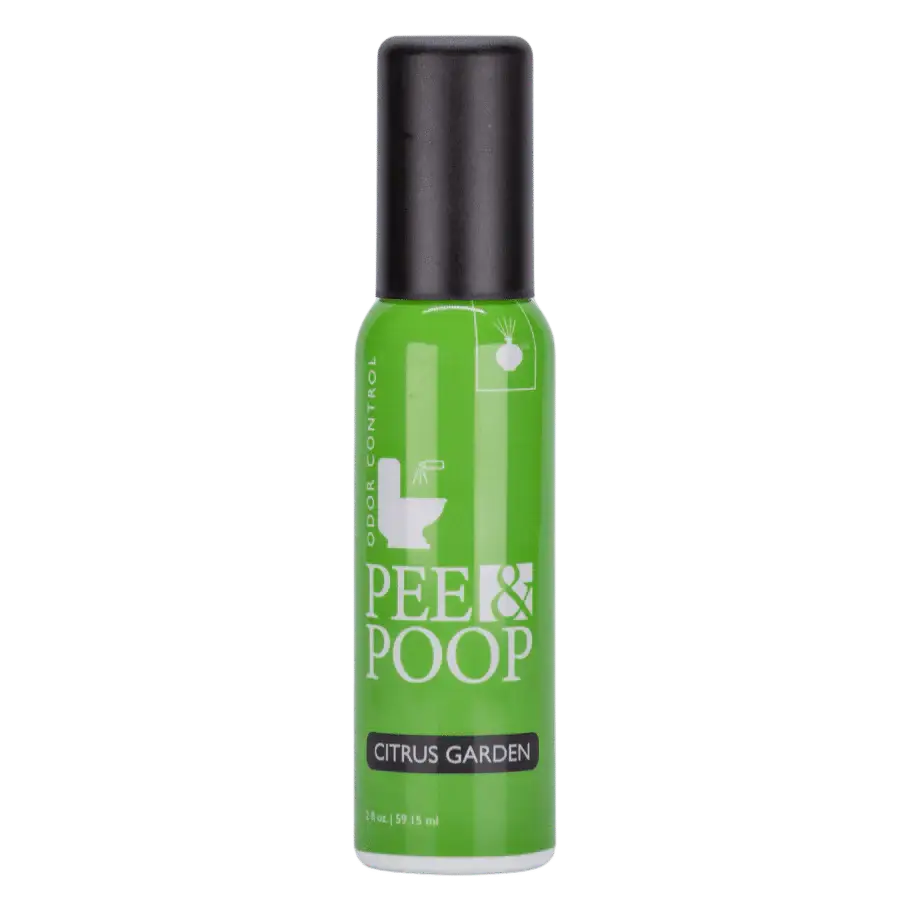

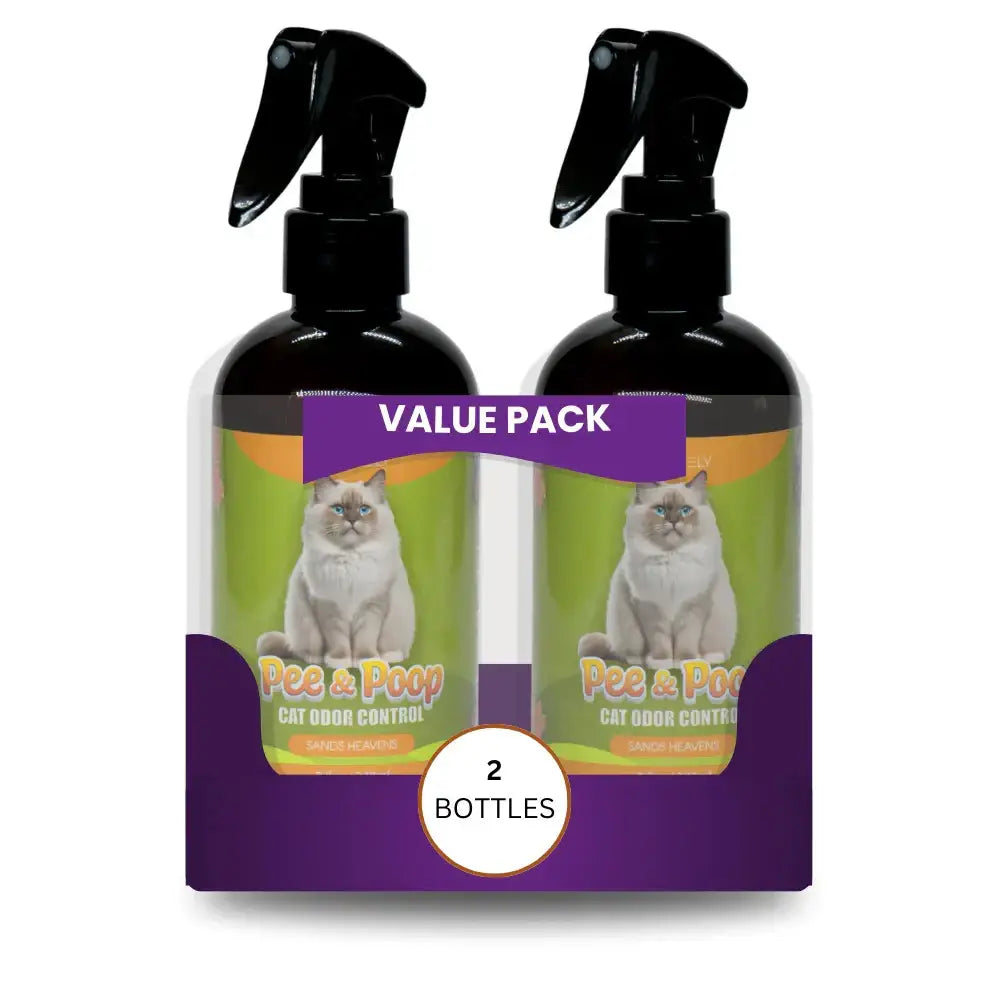


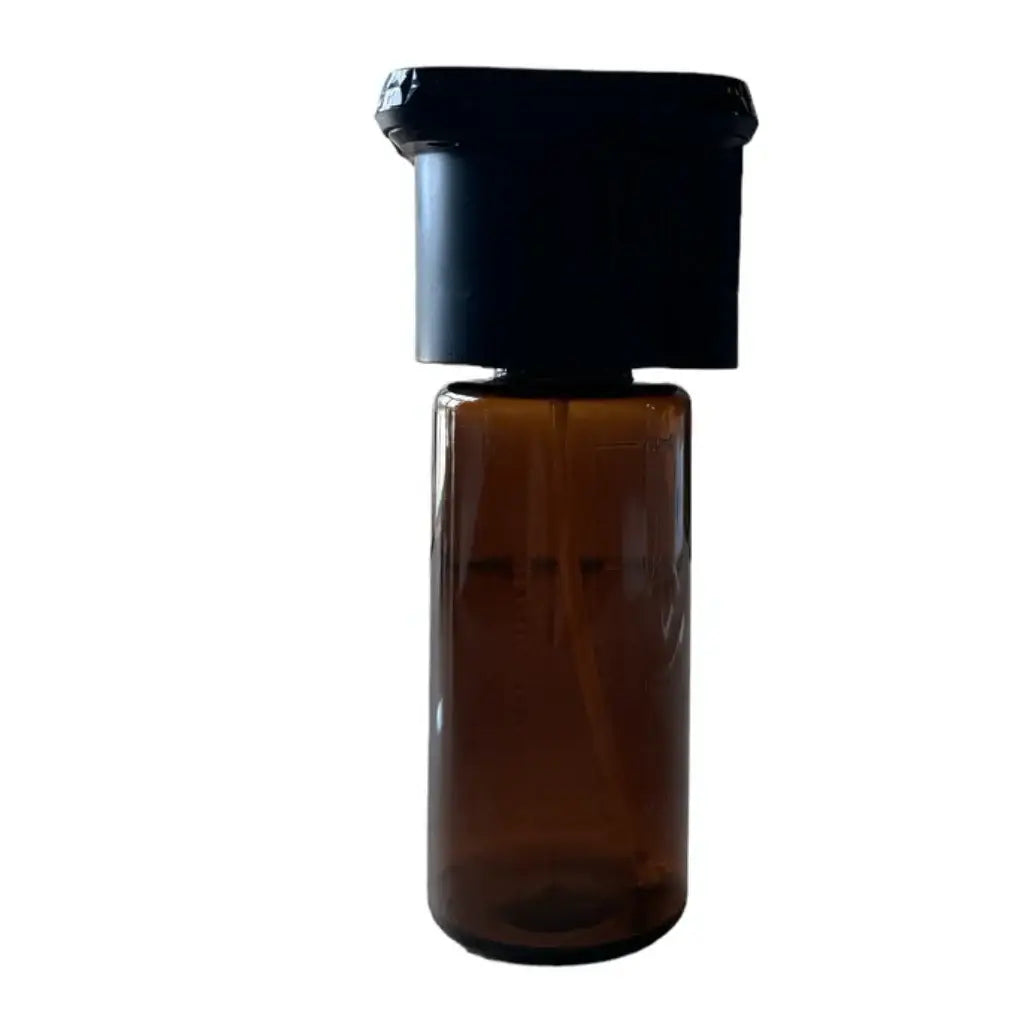


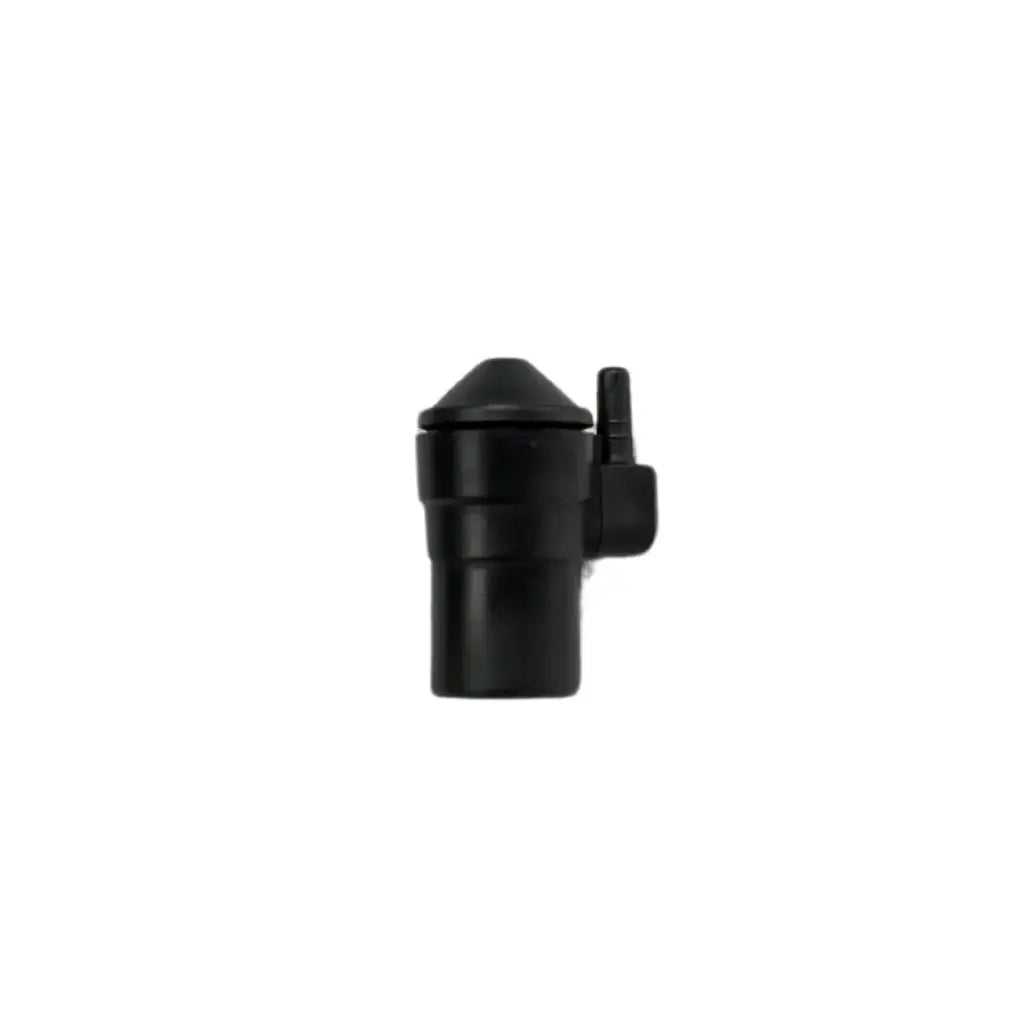


Leave a comment
Please note, comments must be approved before they are published
This site is protected by hCaptcha and the hCaptcha Privacy Policy and Terms of Service apply.